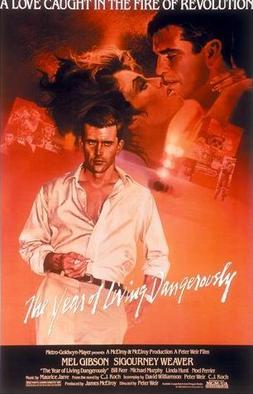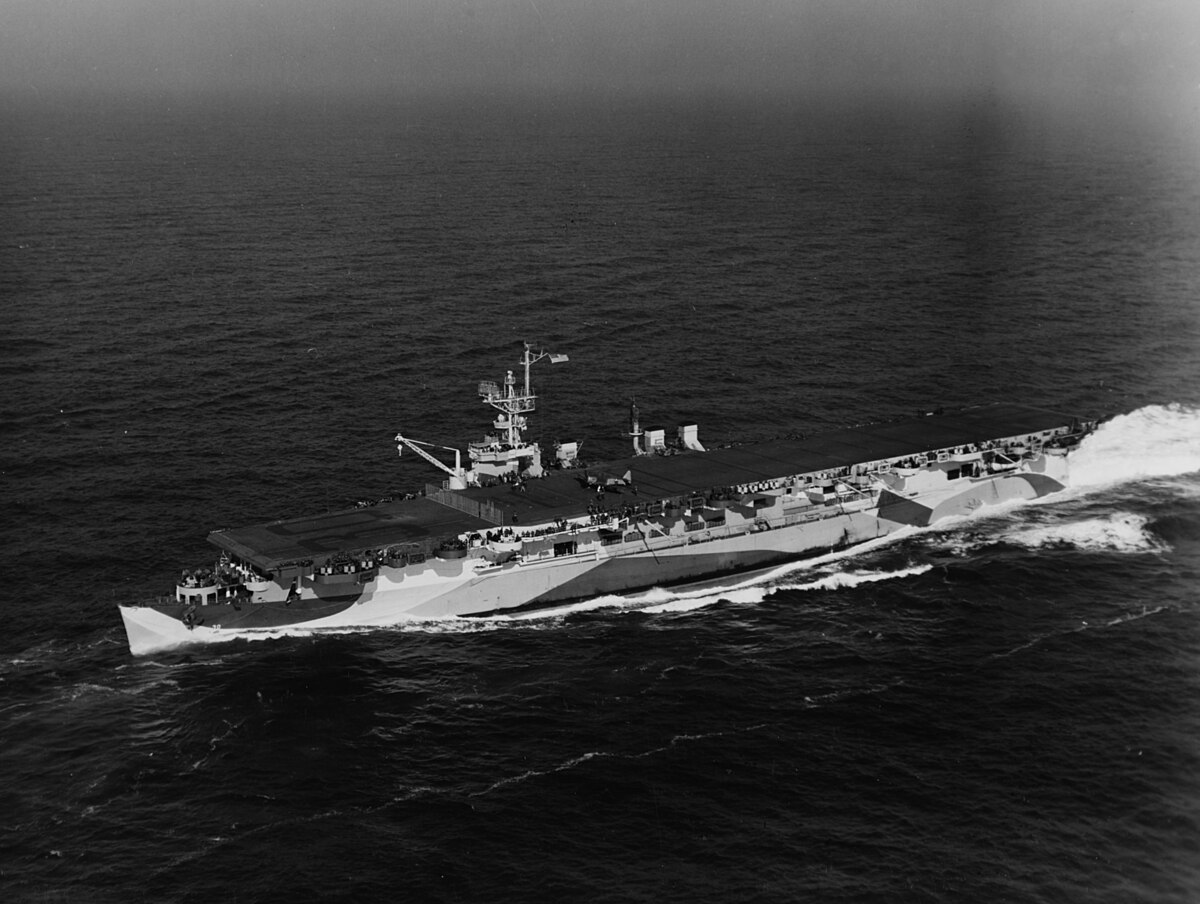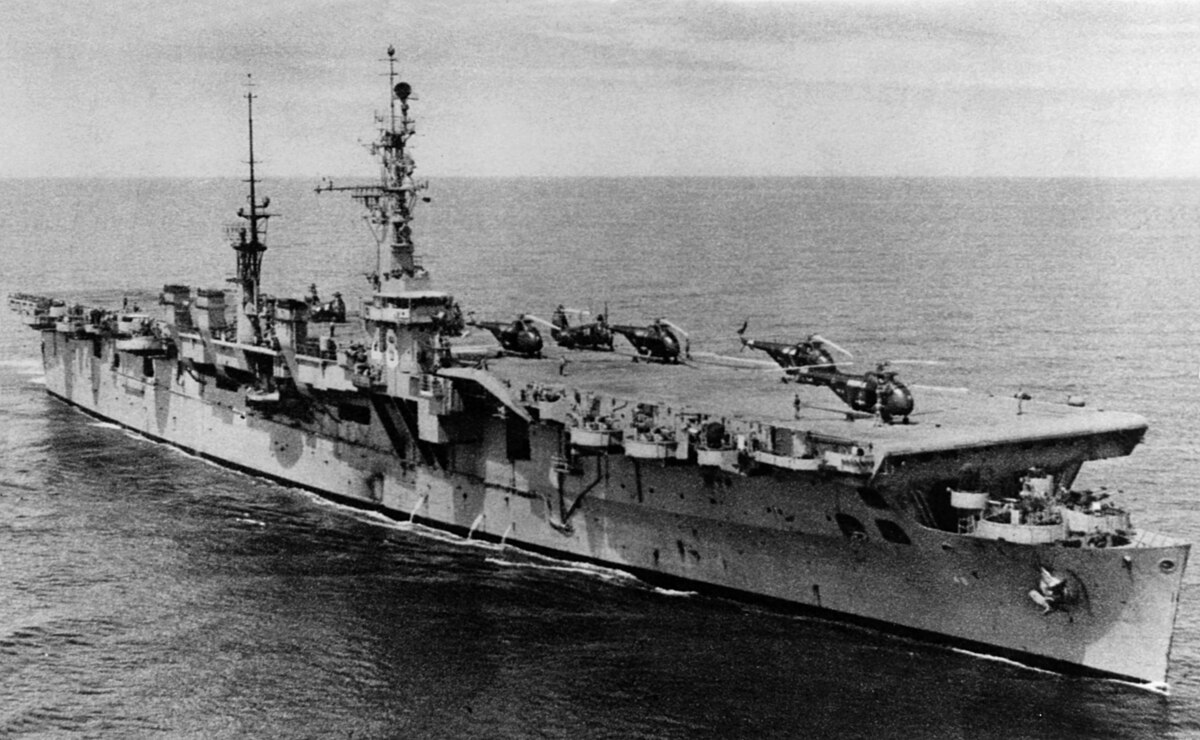SSgtC
ACCESS: Top Secret
- Joined
- 13 July 2020
- Messages
- 1,241
- Reaction score
- 2,893
June 18, 1957
Amsterdam, New Holland, Netherlands
The Committee for the Defense of West New Guinea presents their formal findings to the Defense Minister and the heads of the armed forces. They present three sets of options. A "Best Defense" option which gives no consideration to cost or other commitments. A "Bare Minimum" option which weighs other potential flash points as being more important and assigns West New Guinea the smallest possible force suitable only to serve as a trip wire deterrent. And a compromise option, which gives West New Guinea a credible defensive force, with regular deployments of a carrier as show of force, while still recognizing financial constraints and commitments elsewhere.
Predictably, the "Best Defense" option, which recommended the permanent deployment of a light cruiser and five destroyers (along with regular deployments of an aircraft carrier and it's escorts), a wing of air defense fighters and an entire regiment of ground troops is discarded out of hand as being unworkable. The "Bare Minimum" option receives far more study. While the forces would certainly be weak, they should be at least equal to anything Indonesia could deploy to the theater. And as a deterrent, they would be marvelously effective as they were not being sent to fight a war, but to prevent one by showing the Netherlands commitment to the defense of New Guinea.
After hours of meetings and studying the proposals, Minister Staf decides to recommend that the Netherlands permanently deploy an air defense fighter squadron and rotate two destroyers or frigates to West New Guinea. While he would have liked to deploy a battalion of Marines as well, the Netherlands simply did not have the available manpower to spare. Instead, a volunteer para-military force would be raised from the locals and trained by a company of Marines with a Marine Colonel in overall command. He would also go on to recommend the occasional deployment of the Karel Doorman to the Far East once her modernization was completed. The bare minimum option had won out.
Amsterdam, New Holland, Netherlands
The Committee for the Defense of West New Guinea presents their formal findings to the Defense Minister and the heads of the armed forces. They present three sets of options. A "Best Defense" option which gives no consideration to cost or other commitments. A "Bare Minimum" option which weighs other potential flash points as being more important and assigns West New Guinea the smallest possible force suitable only to serve as a trip wire deterrent. And a compromise option, which gives West New Guinea a credible defensive force, with regular deployments of a carrier as show of force, while still recognizing financial constraints and commitments elsewhere.
Predictably, the "Best Defense" option, which recommended the permanent deployment of a light cruiser and five destroyers (along with regular deployments of an aircraft carrier and it's escorts), a wing of air defense fighters and an entire regiment of ground troops is discarded out of hand as being unworkable. The "Bare Minimum" option receives far more study. While the forces would certainly be weak, they should be at least equal to anything Indonesia could deploy to the theater. And as a deterrent, they would be marvelously effective as they were not being sent to fight a war, but to prevent one by showing the Netherlands commitment to the defense of New Guinea.
After hours of meetings and studying the proposals, Minister Staf decides to recommend that the Netherlands permanently deploy an air defense fighter squadron and rotate two destroyers or frigates to West New Guinea. While he would have liked to deploy a battalion of Marines as well, the Netherlands simply did not have the available manpower to spare. Instead, a volunteer para-military force would be raised from the locals and trained by a company of Marines with a Marine Colonel in overall command. He would also go on to recommend the occasional deployment of the Karel Doorman to the Far East once her modernization was completed. The bare minimum option had won out.



